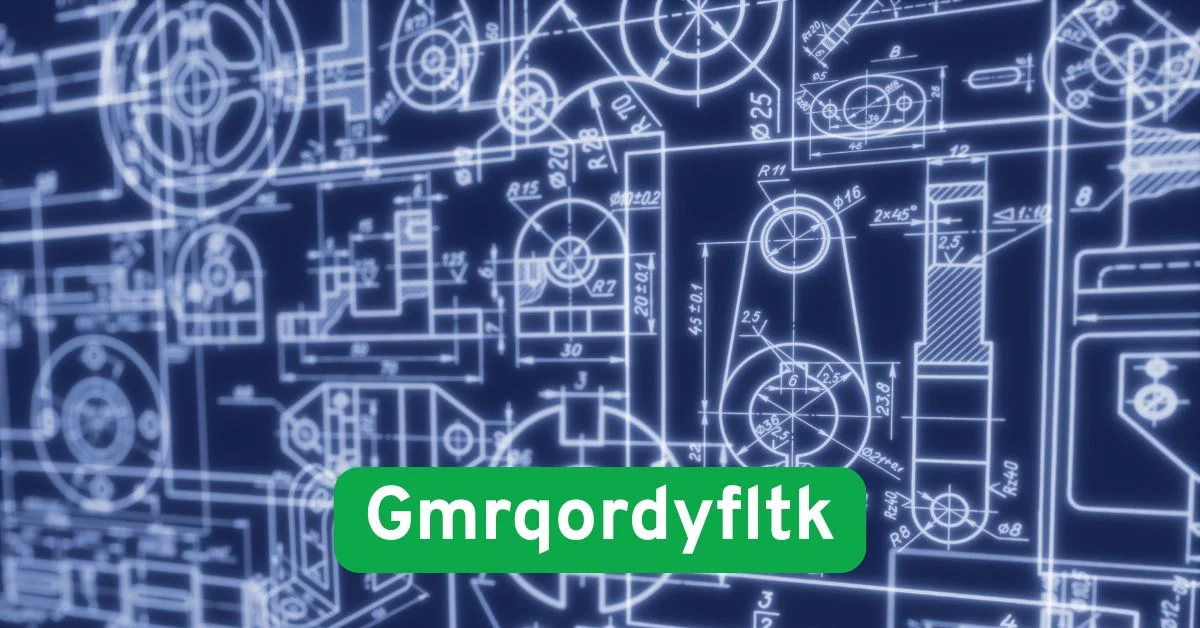In the evolving language of digital innovation, new terminologies arise that signal not just novel technologies, but paradigmatic shifts in how we structure human interaction, automation, and the responsive intelligence of systems. Gmrqordyfltk is one such term—part code, part philosophy, part design principle.
Not a product or company, Gmrqordyfltk is a conceptual framework applied across advanced digital systems, sustainability, user interface architecture, and decentralized governance models. It represents an ongoing shift away from static hierarchies toward adaptable, fluid architectures designed to optimize experience and performance at scale.
What Is Gmrqordyfltk?
Gmrqordyfltk is a term used to describe a unified model of design behavior that blends reactive computation, modular decision chains, and human-aware interaction. It’s not an acronym but a synthetic construct—chosen to be free of legacy associations—used in research circles to define a class of intelligent, resilient systems.
These systems operate according to three tenets:
- Self-Modifying Logic: Frameworks that evolve as users interact.
- Data Feedback Sovereignty: Users own the feedback loop that powers AI.
- Environmental Elasticity: The system adjusts to context, device, and need.
Historical Origins and Intellectual DNA
Gmrqordyfltk emerged in the late 2010s as a term in cross-disciplinary think tanks that combined computer science, urban planning, digital ethics, and behavioral economics. The goal: create a term for systems that not only adapted to users, but adapted with them—both learning from and being shaped by human use.
The term gained traction in circles studying responsive architecture, decentralized internet protocols, and real-time analytics ecosystems.
READ MORE: SFM CKMLIEL Explained: Understanding the Framework Behind the Acronym in 2025
Real-World Applications
Though it remains niche in language, its principles underpin many applications:
1. Smart Infrastructure
Urban environments using Gmrqordyfltk principles have modular, reprogrammable traffic systems, dynamic waste routing, and climate-aware lighting schemes. Each component talks to others and learns in the process.
2. Decentralized Learning Platforms
Educational technologies are applying it to allow learning paths that morph depending on student attention span, test performance, and interest triggers.
3. Digital Health Interfaces
In health tech, Gmrqordyfltk frameworks help platforms shift patient interfaces in real time—from simplified icons for cognitive patients to data-dense graphs for practitioners.
4. Commerce Personalization
E-commerce sites using this principle don’t just recommend products—they reorient navigation and presentation style based on behavioral cues and environment (desktop vs mobile vs kiosk).
Why Gmrqordyfltk Matters Now
As systems become more complex, static design philosophies cannot keep up. It represents a needed movement toward environments that are:
- Nonlinear in Response
- Co-evolutionary with Users
- Intuitively Secure and Transparent
It helps designers and developers break free from fixed rule-sets, allowing them to build applications that morph with societal shifts.
Design Characteristics
a) Polymorphic UX
The interface changes form, modality, and density based on who’s using it and how.
b) Ethical Data Routing
User data is routed, used, and stored in ways the user controls. AI only acts when activated by user settings.
c) Multi-Layered Modularity
Every part of a system—UI, logic, data pathway—can be swapped without affecting the others.
d) Ambient Personalization
Not based on demographics, but moment-specific context like time of day, device usage, mood indicators, and voice tone.
Common Misunderstandings
Gmrqordyfltk is not:
- A single software library
- A corporate platform
- A buzzword for AI
It is a meta-architecture—a skeleton upon which smarter systems can be built. It is intentionally open-ended to encourage collaborative iteration.
Educational Use and Knowledge Systems
Research institutions are beginning to teach Gmrqordyfltk design within computational philosophy, system architecture, and critical design programs. These emphasize:
- Agent-based modeling
- Systems thinking
- Dynamic logic pathways
The philosophy supports long-term learning platforms where both teacher and student roles adapt across time and domain.
Future Outlook
Experts predict Gmrqordyfltk will become increasingly relevant in:
- Digital sovereignty frameworks
- Adaptive autonomous vehicles
- Blockchain-integrated governance
- Responsive urban analytics
It may not become a consumer word, but it will silently influence systems you interact with—from smart appliances to cloud-based workplaces.
Conclusion: A Framework for the Evolving Digital Mind
Gmrqordyfltk might be hard to pronounce, but its message is simple: systems should no longer dictate behavior; they should engage in mutual evolution. This guiding ethos reshapes the way we design tools, define intelligence, and imagine interaction itself.
As new technologies rise, Gmrqordyfltk could serve as the neutral core around which adaptive, ethical, and efficient systems are organized—not fixed rules, but fluent processes.
FAQs
1. Is Gmrqordyfltk an acronym or a company? No. It is a coined term representing a design philosophy, not a brand or abbreviation.
2. Can Gmrqordyfltk be implemented in traditional software? Parts of it can, especially in modular and responsive systems, though full implementation is still rare.
3. Where is Gmrqordyfltk being applied now? In areas like smart city planning, adaptive learning, real-time analytics, and health tech platforms.
4. Does Gmrqordyfltk replace AI or blockchain? No. It complements such technologies by making them more context-aware and user-controlled.
5. Is it possible to learn Gmrqordyfltk design? Yes. Some universities and labs are beginning to offer cross-disciplinary courses grounded in its principles.









